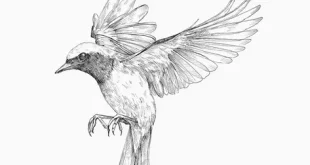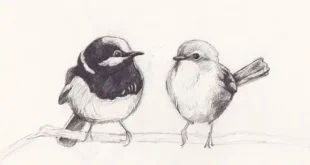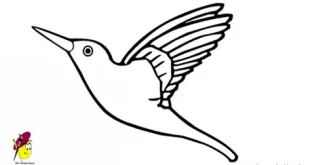The Fascinating World of Wren Birds
1. Introduction to Wren Birds
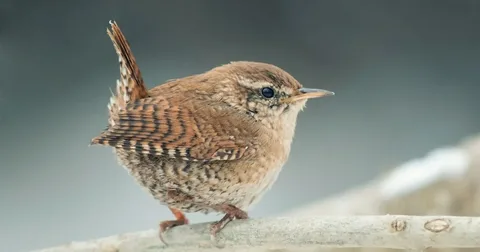
Overview
The Wren Birds is a small yet highly energetic bird admired for its bold personality and melodic songs. Despite its tiny frame, this bird displays an incredible presence in woodlands, gardens, and shrub lands across different regions. Known for its restless movements, the wren flits through dense vegetation, searching for food with unmatched determination and focus. Its earthy brown plumage allows it to blend naturally with surrounding foliage, providing protection against predators and harsh climates. Wrens have earned popularity among bird watchers due to their lively nature and characteristic vocal patterns. Many cultures associate the wren with creativity and perseverance, reflecting the bird’s constant activity and determination. Their adaptability to various environments demonstrates resilience, making them capable of thriving in both rural landscapes and urban gardens. Understanding these little songbirds offers an insightful glimpse into the beauty of avian diversity.
2. Distinctive Appearance of the Wren Birds
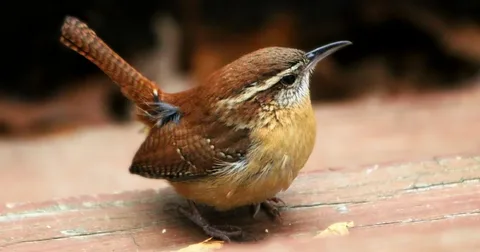
Physical Traits
Wren birds are often characterized by their compact build, rounded wings, and notably upturned tails that stand upright. These features give them an unmistakable silhouette, especially when seen hopping briskly among undergrowth and leaf litter. Their plumage is usually brown with subtle barring, designed to act as camouflage in natural habitats. Unlike brightly colored songbirds, wrens showcase beauty through understated simplicity and functional feather patterns. The sharp, slightly curved bill is well-suited for probing into bark crevices in search of insects and spiders. Males and females are similar in size and markings, making gender identification challenging without close observation. Despite their plain coloration, the energetic behavior of wrens adds vibrancy to their environment. Bird enthusiasts frequently identify them by their upright tail posture rather than striking colors. This natural camouflage combined with agility enhances survival, highlighting the intelligent adaptations wrens have developed through generations.
3. Behavior and Vocal Patterns of Wrens
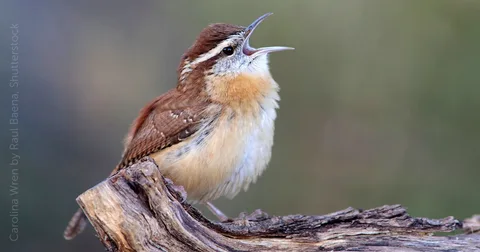
Singing and Movements
One of the most notable features of the wren is its exceptionally loud and complex song for such a small bird. Males sing passionately during breeding season to establish territory and attract mates, filling forests with lively melodies. Their calls are remarkably powerful, often surprising observers who expect gentler notes from such small creatures. Wrens are also highly territorial, frequently defending nesting areas with fierce determination and surprising aggressiveness. During non-breeding months, wrens display inquisitive behaviors, continuously exploring new spaces with boundless curiosity and movement. They are quick to dart through shrubs, crawl along tree trunks, and disappear into dense foliage almost instantly. Such restless behavior not only ensures safety but also assists in uncovering hidden food sources. Vocal variety, combined with active behavior, has earned wrens recognition as spirited birds symbolizing energy and liveliness. Their musical expressions remain a defining characteristic of this charming bird species.
4. Nesting Habits and Reproduction of Wren Birds
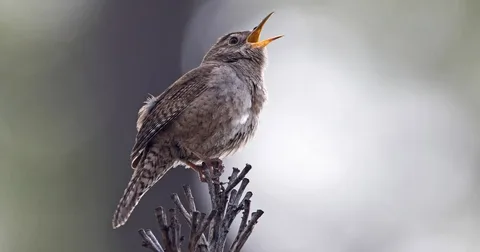
Breeding Practices
Wrens are meticulous nest builders, creating dome-shaped structures hidden within crevices, cavities, or thick vegetation. Male wrens frequently construct multiple starter nests, allowing females to select a suitable one for raising chicks. These nests are typically made from twigs, moss, grass, and feathers, providing insulation and concealment from predators. Females lay several small eggs, often speckled for additional camouflage, ensuring better protection within natural surroundings. Both parents participate actively in feeding and protecting chicks until they are ready to fledge. Nesting sites vary depending on habitat, ranging from tree hollows in forests to abandoned buildings in rural landscapes. This adaptability in nesting choice showcases the intelligence and survival instincts of wrens across diverse environments. Their breeding season is filled with energetic courtship displays, vigorous singing, and cooperative care. By raising young with determination, wrens emphasize resilience as a natural survival strategy within their ecological communities.
5. Diet and Feeding Patterns of Wrens
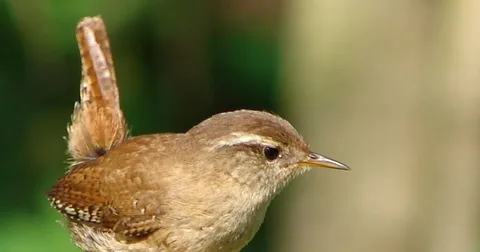
Food Sources
Wrens primarily feed on insects, spiders, and other small invertebrates, which they locate through persistent searching techniques. Their sharp bills enable them to extract prey from bark crevices, leaf piles, and hidden soil layers. This insectivorous diet makes wrens valuable contributors to natural pest control, benefiting ecosystems and human agricultural practices. They occasionally consume seeds and berries, particularly during colder months when insect availability decreases significantly. Their constant activity and quick movements help them forage successfully even in dense vegetation or shaded woodland areas. Wrens are opportunistic feeders, adjusting their diet depending on seasonal availability of food sources within their habitats. Observers often watch wrens probing soil, pecking at fallen leaves, or darting between branches while foraging tirelessly. Their ability to adapt food preferences demonstrates resilience, ensuring survival throughout diverse weather conditions and ecological challenges. This versatile feeding behavior contributes significantly to their long-term evolutionary success.
6. Cultural Significance of Wren Birds
Folklore and Symbolism
Throughout history, wrens have held symbolic importance in folklore, mythology, and traditional beliefs across different cultures worldwide. Often regarded as a symbol of creativity and persistence, the wren has inspired poets, musicians, and storytellers for centuries. In some European traditions, wrens were honored as sacred birds carrying spiritual significance and representing endurance and vitality. Their constant movement and enthusiastic singing symbolized industriousness, reminding people of the value of perseverance and hope. Wrens also appear in folklore tales where their cleverness and energy help them overcome much larger creatures. This symbolic representation demonstrates humanity’s admiration for the bird’s determination and survival instinct despite its modest size. Bird watchers and naturalists continue to celebrate wrens for their cultural associations as much as their biological characteristics. Observing wrens not only connects individuals with nature but also with ancient stories and traditions surrounding these fascinating birds.
 Birds Drawing Birds Drawing
Birds Drawing Birds Drawing

